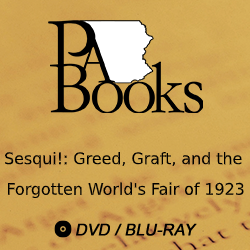Description
In 1916, department store magnate and Grand Old Philadelphian John Wanamaker launched plans for a Sesqui-Centennial International Exposition in his hometown in 1926. It would be a magnificent world's fair to celebrate the 150th anniversary of the Declaration of Independence. Wanamaker hoped that the "Sesqui" would also transform sooty, industrial Philadelphia into a beautiful Beaux-Arts city. However, when the Sesqui opened on May 31, 1926, in the remote, muddy swamps of South Philadelphia, the first visitors were stunned to find an unfinished fair, with a few shabbily built and mostly empty structures. Crowds stayed away in droves: fewer than five million paying customers attended the Sesqui, costing the city millions of dollars. Philadelphia became a national scandal—a city so corrupt that one political boss could kidnap an entire world's fair. In his fascinating history Sesqui!, noted historian Thomas Keels situates this ill-fated celebration—a personal boondoggle by the all-powerful Congressman William S. Vare-against the transformations taking place in America during the 1920s. Keels provides a comprehensive account of the Sesqui as a meeting ground for cultural changes sweeping the country: women's and African-American rights, anti-Semitism, eugenics, Prohibition, and technological advances.
Thomas H. Keels is a historian and lecturer who has authored or co-authored seven books and numerous articles on Philadelphia history. A confirmed taphophile, Keels has been a tour guide at Laurel Hill Cemetery, Philadelphia's premier Victorian necropolis, for two decades.
Description courtesy of Temple University Press.




